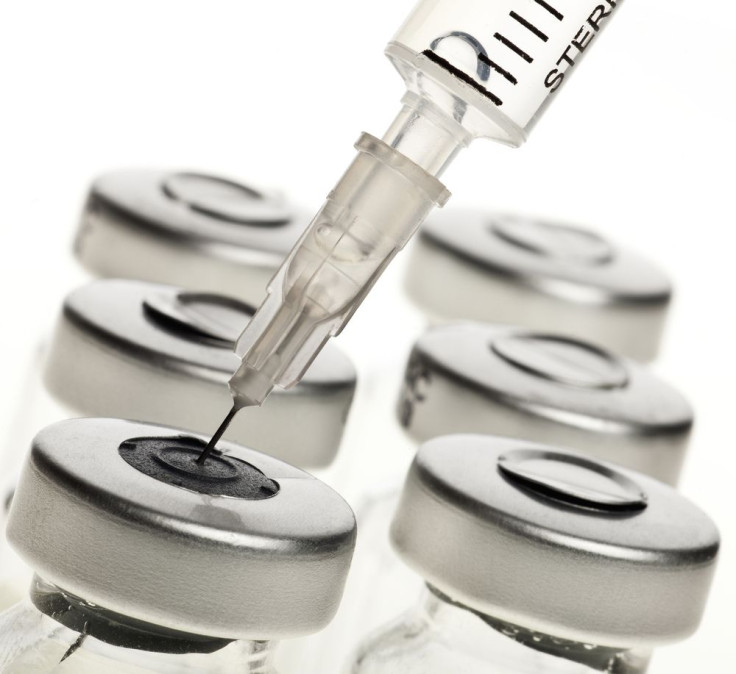High Cancer Drug Prices Forcing Patients Out Of Therapy; Obamacare And Private Practice Closures Responsible

As if health care costs weren’t already something to be concerned about, especially for those who are uninsured, the U.S. Commerce Department’s Bureau of Economic Analysis recently announced that health care spending rose 9.9 percent during the first quarter of 2014. That’s the largest quarterly increase in over 30 years. Unfortunately, part of those costs are coming right out of patients’ pockets, in the form of prescription drug costs, according to a new report.
The report, from the IMS Institute for Healthcare Informatics, found that, among other things, the price of cancer drugs has doubled since 2003, rising from an average of $5,000 per month to about $10,000 per month — and that’s for the average cost of drugs.
This jump comes as pharmaceutical companies invest more money into innovative cancer drugs, which are revolutionizing cancer treatment. These treatments, known as targeted therapies, went from having an 11 percent share of the global oncology market to 46 percent last year. The market, the Institute found, consists mainly of the U.S., UK, Italy, Spain, Germany, France, and Japan. But prices in the U.S. are far higher than those in the UK, for example, where the prices of cancer drugs can be up to 40 percent lower.
American patients are getting the brunt of the expenses mainly because of two reasons. The first comes as a result of the Affordable Care Act, or Obamacare, which is forcing many employers to shift the costs of insurance plans to their employees in the form of higher deductibles and copayments, a press release said. At the same time, physicians are selling their private practices to work in hospitals, which have higher overheads and administrative costs. This ends up costing patients almost three times as much as what they would pay in a physician’s office, as they must compensate for those expenses, Kaiser Health News reported.
Murray Aitken, the Institute’s executive director, told The Kansas City Star, that the average insured cancer patient can expect to pay about $9,000 for treatment, while insurance takes care of the remaining $115,000. But the newest drugs pharmaceutical companies are releasing are costing way more than the average, and resulting in a lot of people forgoing or dropping their therapies — there’s a 10 percent drop in the number of patients who complete hormonal breast cancer treatment when copayments surpass $30, according to the report. But “the willingness to pay for these breakthrough drugs is strong,” Aitken told The Kansas City Star, because the drugs have the ability to prolong life for months.
The global market for oncology medications reached $91 billion last year and is expected to reach $100 billion soon. The U.S. market accounted for 40 percent of that cost, at $37 billion.
Published by Medicaldaily.com



























